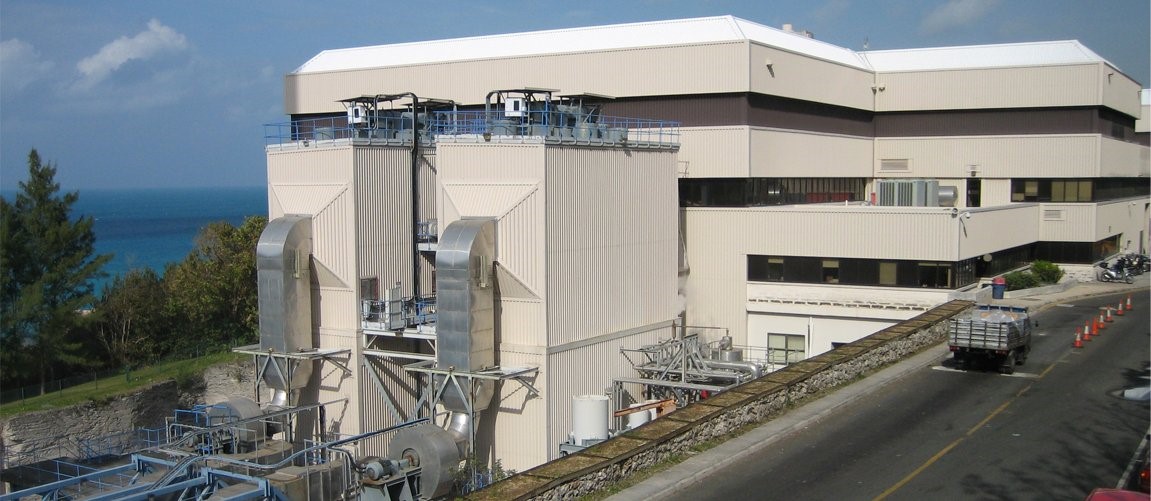
Having spent five years as solid waste manager for the Government of Bermuda, Martin Edelenbos understands the benefits of an energy recovery facility. Developed just ahead of a landfill that was at capacity and completed in 1994, the Tynes Bay Waste Treatment Facility treats about 70,000 tonnes of municipal solid waste annually and produces almost 5% of Bermuda’s average electricity needs.
Currently, Edelenbos is putting his experience with energy recovery to work as engineering coordinator for the Dart-led consortium chosen as the preferred bidder to implement Grand Cayman’s proposed integrated solid waste management system.
“Although the primary objective of any energy recovery facility is to treat waste sustainably, it has the added benefit of producing energy that the United States Environmental Protection Agency considers a renewable resource,” Edelenbos says. “It is an important aspect of the Cayman Islands’ National Energy Policy, which aims to achieve 70% renewable energy by 2030.”
By combining solar, wind and waste-to-energy elements, the National Energy Policy aims to enhance sustainability and reduce the country’s reliance on imported fossil fuels. But, while solar and wind power are better known in the Cayman Islands, waste-to-energy is not as well understood.
“There are a lot of misconceptions out there about waste-to-energy, and a lot of it is a carryover from the days of unregulated, smoke-belching incinerators,” Edelenbos says. “Both the technology and the regulation have come a long way since then.”
The National Energy Policy and projects like the energy recovery facility are on the agenda at this month’s Caribbean Transitional Energy Conference. The virtual conference is spearheaded by the Cayman Renewable Energy Association and the Cayman Islands Government, and supported by sponsors like Dart.
“Now in its third year, the Conference brings together the best of local, regional and international clean energy experience and expertise,” Edelenbos says.
With all the recent advancements in renewable energy technology, Edelenbos thinks the timing is perfect for an integrated solid waste management system on Grand Cayman that includes energy recovery from waste.
“We have an incredible opportunity to embrace new technologies that will pave the way for a brighter, greener future for us all," he says. "By producing approximately 8% of Grand Cayman’s electrical demand, the planned energy recovery facility will play an important role in achieving the renewable energy objectives of the National Energy Policy.”
Last month, the Cayman Islands made a significant step towards waste-to-energy with the signing of a number of early works agreements that will enable strategic elements of the integrated solid waste management project to be progressed ahead of full contract signing.
The agreements enable the Dart-led consortium selected to deliver the new solid waste system to continue the capping and remediation of the country’s largest landfill, and finalise project design details in preparation for an Environmental Impact Assessment and submissions to the Planning Department.
--------
This article appears in print in the November 2020 edition of Camana Bay Times.